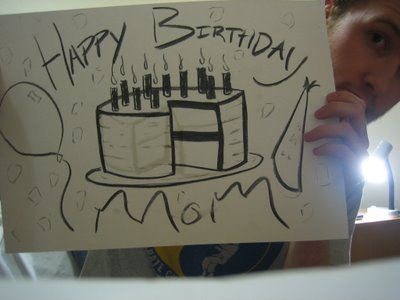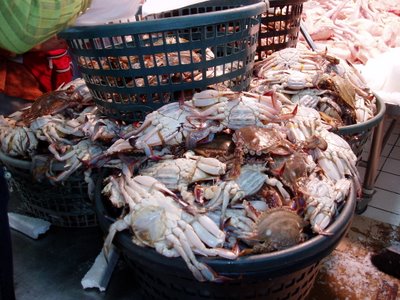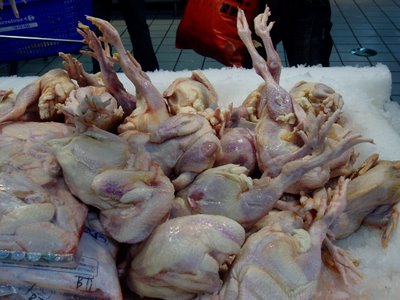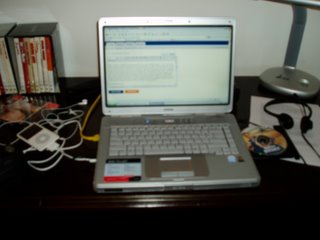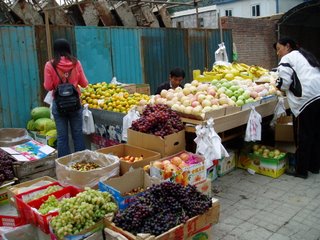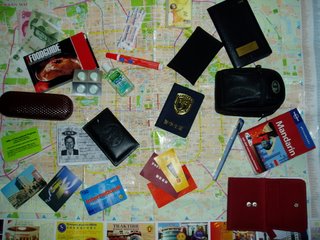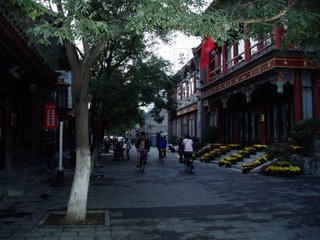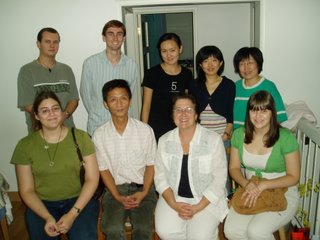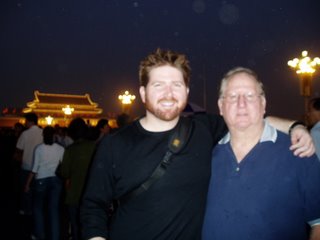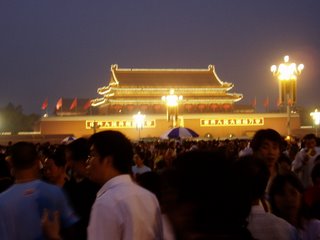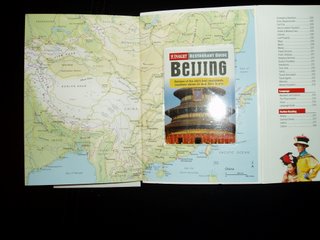Konnichiwa
 This was the view from my room on the 8th floor of the New Miyako Hotel in Kyoto last Friday night; you can see the Shinkasen, the bullet train, in the top portion of the picture. It costs twice as much to go to Tokyo and back from Kyoto (about $300) than to go from Beijing to Ulan Bator in Mongolia (about $120, I think - Parker and Erik will correct me if I don't have it right).
This was the view from my room on the 8th floor of the New Miyako Hotel in Kyoto last Friday night; you can see the Shinkasen, the bullet train, in the top portion of the picture. It costs twice as much to go to Tokyo and back from Kyoto (about $300) than to go from Beijing to Ulan Bator in Mongolia (about $120, I think - Parker and Erik will correct me if I don't have it right).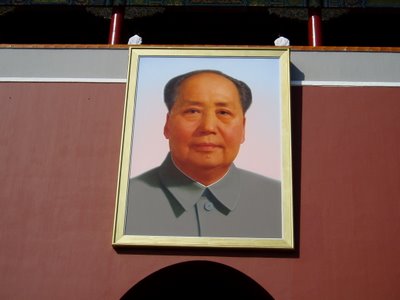 This is the classic portrait of Mao mounted at the southernmost end of the Forbidden City, the former imperial palace, which faces Tian'anmen Square. It is this image of Mao which became famous in the west after Nixon's visit to China in the early 1970s. It's massive.
This is the classic portrait of Mao mounted at the southernmost end of the Forbidden City, the former imperial palace, which faces Tian'anmen Square. It is this image of Mao which became famous in the west after Nixon's visit to China in the early 1970s. It's massive.We are in Japan! The trip was not too difficult, at least until we got to Kansai Airport. Then it got complicated! Beijing and Osaka, where we flew into, are only about three hours apart by air. That's like flying from Chicago to Denver, or Boston to Washington, D.C. Americans don't consider that much of a flight, and most American airlines won't even feed you on a flight under four hours if you are flying economy. But in that space of time we left China and all it means and entered Japan. Today in my class I asked everyone to come up with ten adjectives that described China (they had not read my blogpost where I had already tried to think of ways to describe Beijing). Here are some of them: cheap, tasty, easy, confusing, dirty, disorganized, laissez-faire, friendly, loud, alive, and energetic. And they coined one - a neologism, a new word (I think it was Parker, although he may also have contributed: Yiaaaaoooooow!): Maossive, to describe the outsized nature of so much of Beijing and the preponderance of things Mao. (For instance, all the paper currency, except for the very small bills that are worth a few cents, feature Mao. Fortunately the colors and sizes are different.) Jackie came up with both easy and confusing, which sounds contradictory, but makes perfect sense to those who us who spent eight weeks there. Easy: using the taxis, meeting in the lobby for our trips, getting good cheap food, finding inexpensive presents and necessities, getting to class, finding a convenience store (the latter two in the same building we lived in), getting something rescheduled. Jackie became expert at using the subway in Beijing, along with many others, who found them an inexpensive alternative to the already-cheap taxis (price of the subway in Beijing: one kuai - 12 cents; price of a taxi to a destination about half an hour away - about 40 kuai, less than $5, which could be split up to four ways). Confusing: the bus system, bargaining (at first - later it was easy), figuring out why the power would shut off in our rooms (although easy to rectify), how to get hot water in my shower for more than two days in a row (that was a problem for me), figuring out how to get Internet (impossible for most), getting food at the dining hall (hard to master at first, easier later on).

